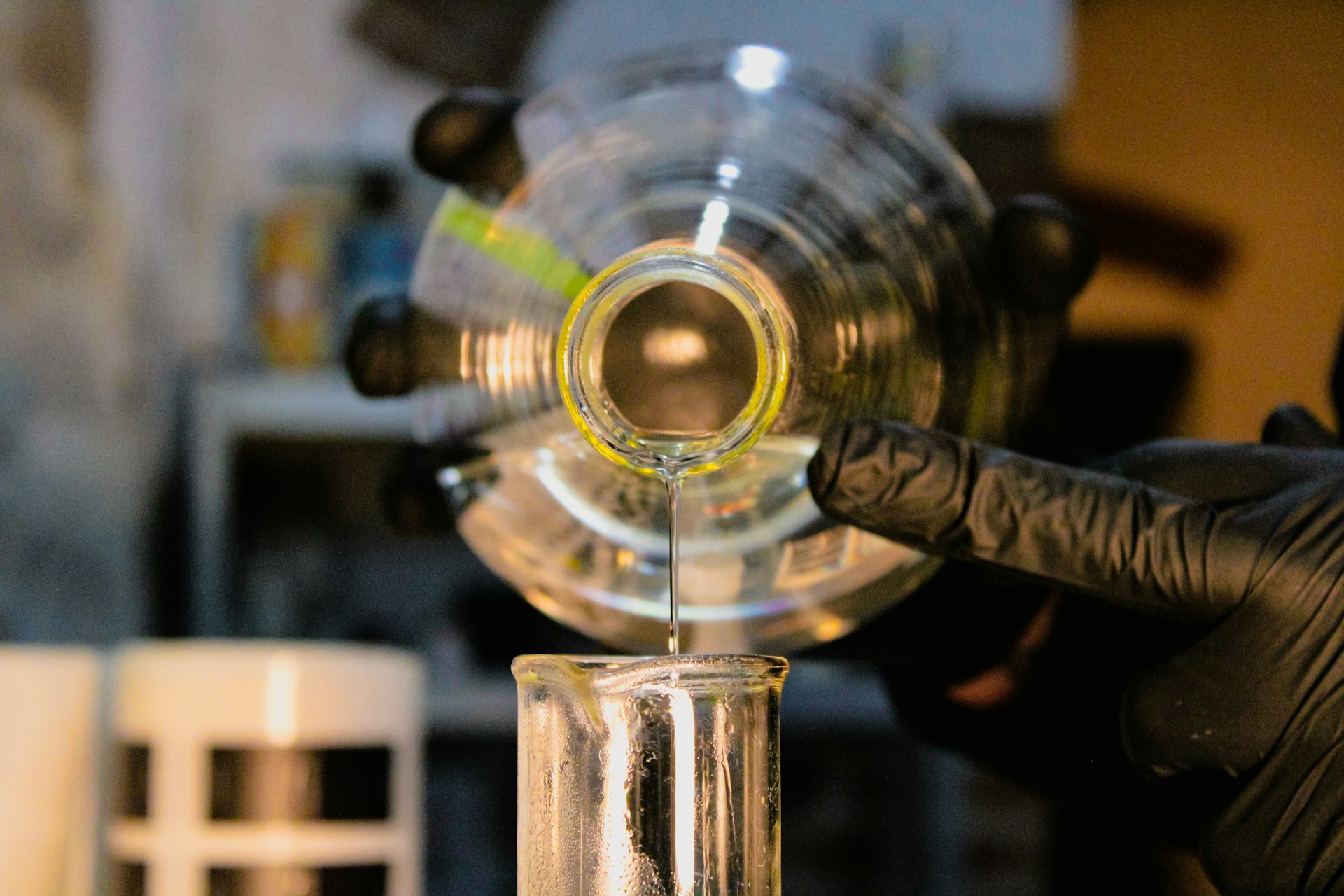Scientists at UC San Diego in a collaborative experimental-theoretical work with a team of researchers have discovered a new strategy for directing chemical reactions through infrared light. This discovery will revolutionise the way we use and manage heat energy in chemical processing operations to make innovative energy-saving technologies.
The research team, Including Sindhana Pannir-Sivajothi from UC San Diego and Zachary T. Brawley a Research Engineer at the Air Force Research Laboratory, examined thermal dehydration within inorganic copper sulphate pentahydrate crystals. The team showed that holding infrared light inside an optical cavity enabled vibrational energy coupling with molecules which reduced dehydration temperatures by 14 degrees Celsius. Vibration excitation between light and molecule creates a new heat transfer path which scientists previously missed.
Radiative energy transport, which functions when photons move heat energy outwards from a hot region and it is absorbed by a cooler region (The crystal in this case) unlike traditional methods that use convection or conduction to transfer heat. Photon energy from warm crystal sections shifted toward cooler areas to support chemical change.
This work establishes optical cavities as a viable tool for engineers who want to manipulate and harness thermochemical processes. We can use this discovery to boost reaction rates in catalysts plus control energy usage in devices and direct chemical production steps.
While this is an early-stage breakthrough, the findings could inspire the design of energy-efficient systems that take advantage of light-matter interactions. By combining theoretical insights with experimental validation, this research bridges a critical gap in understanding the role of radiative heat transfer in chemical transformations.

Hassan graduated with a Master’s degree in Chemical Engineering from the University of Chester (UK). He currently works as a design engineering consultant for one of the largest engineering firms in the world along with being an associate member of the Institute of Chemical Engineers (IChemE).



